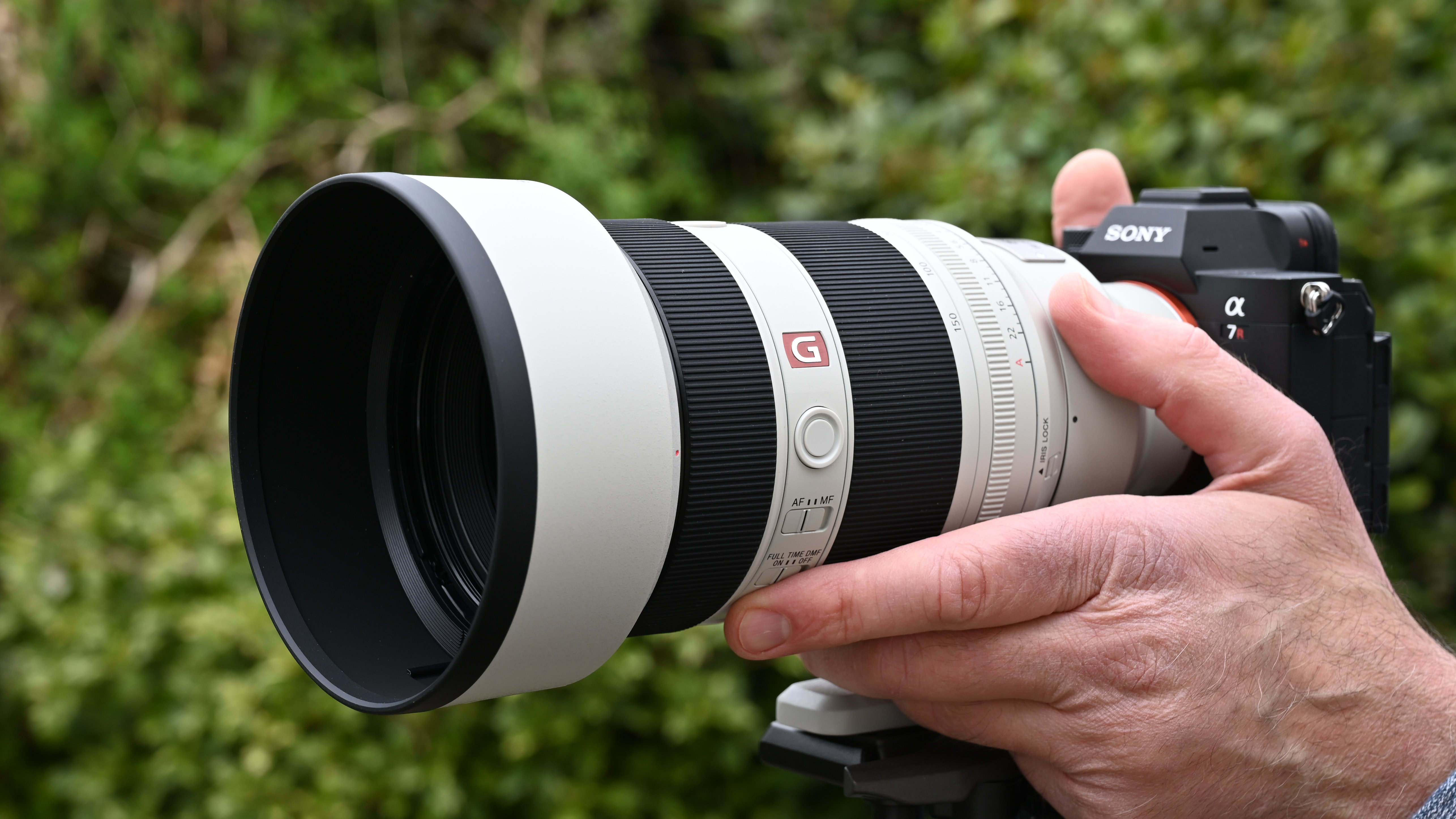Xiaomi Mi 11 Ultra packs world's largest phone camera sensor, but it's not enough
The 1/1.12 inch Samsung sensor sets new size benchmark, but size isn't everything, as our in-depth review reveals
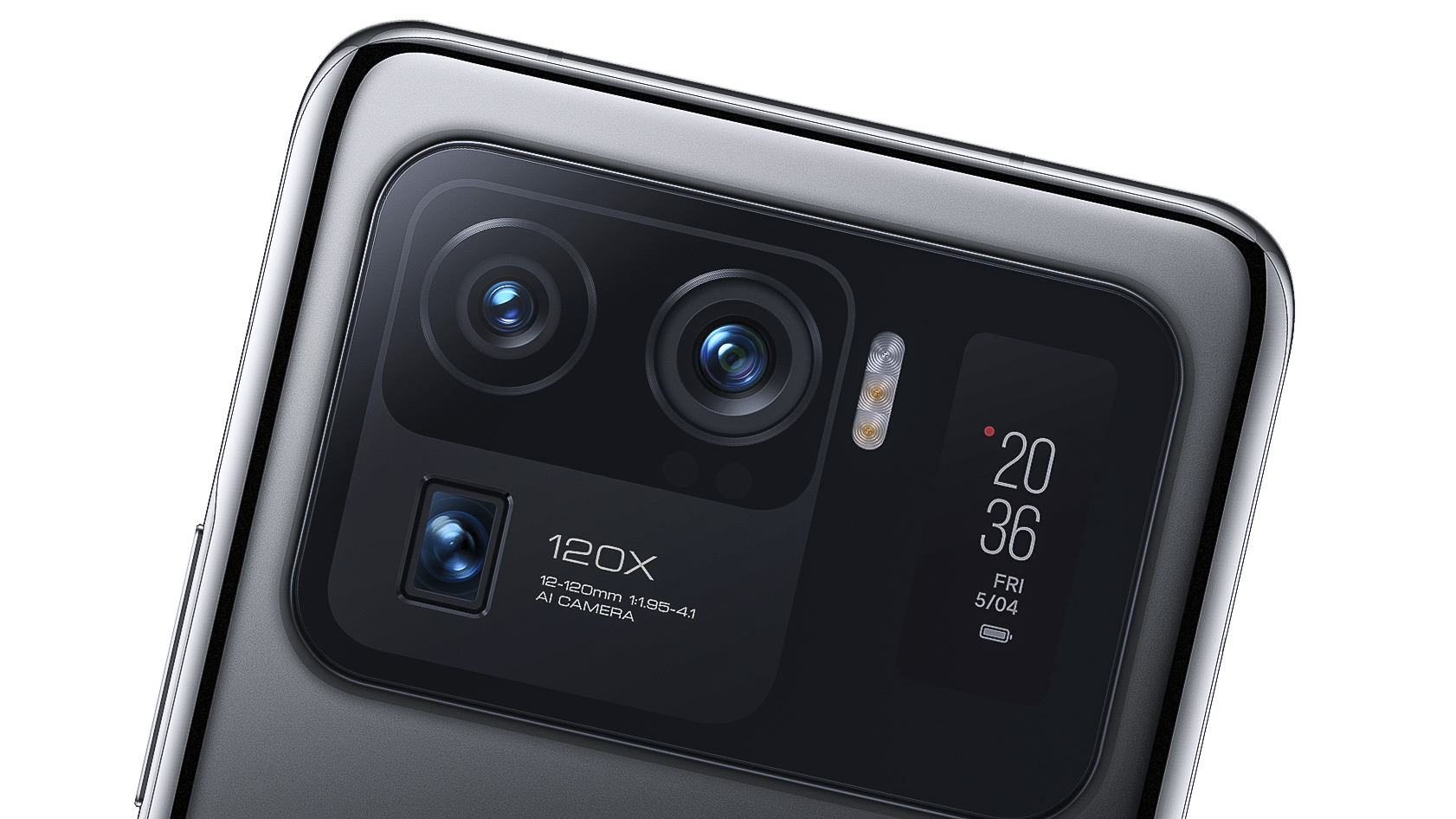
Launched yesterday, the Xiaomi Mi 11 Ultra sets a new record for the size of its sensor. The new super smartphone boasts a 50 megapixel sensor that measures 1/1.12 inches across its diagonal (or 22.7mm, if you prefer it without the fractions). This is substantially larger than other contenders for the best camera phone currently around. It takes the record from the Huawei P40 Pro Plus which has a 1/1.28 inch sensor (19.8mm). Other leading phones are smaller still - the Apple iPhone 12 Pro Max makes do with a 1/1.8 inch (14.1mm) chip, and the Samsung S21 Ultra sports a 1/1.33 inch (19.1mm).
The Xiaomi Mi 11 Ultra is the first phone to use the newly-developed Samsung GN2 sensor that will undoubtedly be seen on other handsets in the coming months. The 50MP chip has large photosites arranged in a 4-in-1 2.8µm Super Pixel arrangement which promises great low light performance. The sensor has already taken top honors in the DXO Mark charts from the Huawei Mate 40 Pro+.
Interestingly, however, this is not the largest sensor ever seen in a mobile phone - just the largest today. The historical record goes to the Panasonic Lumix CM1 from 2014, which was a compact camera with a Android phone bolted on the back, which boasted a 1-inch sensor.
| Row 0 - Cell 0 | Main sensor size (in) | Main sensor size (mm) |
| Xiaomi Mi 11 Ultra | 1/1.12 inch | 22.7mm |
| Huawei P40 Pro Plus | 1/1.28 inch | 19.8mm |
| Huawei Mate 40 Pro+ | 1/1.28 inch | 19.8mm |
| Samsung S21 Ultra | 1/1.33 inch | 19.1mm |
| Xiaomi Mi 11 | 1/1.33 inch | 19.1mm |
| Oppo X3 Pro | 1/1.56 inch | 16.3mm |
| Apple iPhone 13 Pro Max | 1/1.7 in | 14.1mm |
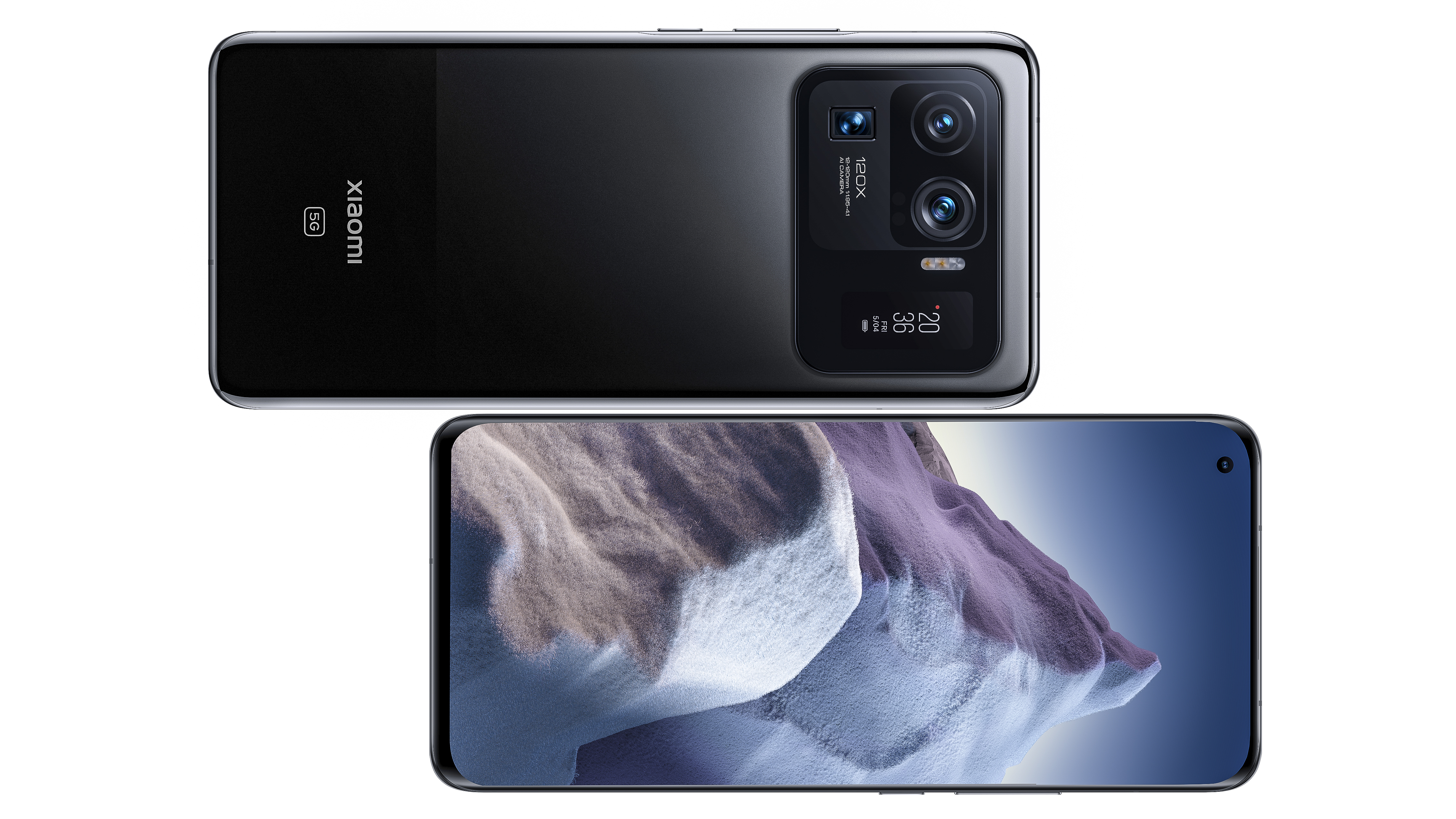
The Xiaomi Mi 11 Ultra, of course, has more than the one camera. In addition to the 50MP f/1.8 main wideangle lens, there is a 48MP f/2.2 128° ultrawide lens, and a 48MP f/4.1 telephoto lens with a 5x optical zoom equating to a 120mm max focal length. All three rear cameras offer 8K video recording at 24fps.
Other key features of the Mi 11 Ultra include:
• a small 126x294 pixel 120MHz LCD panel on the rear
• 6.81in AMOLED main display, 1440 x 3200 pixel resolution
Get the Digital Camera World Newsletter
The best camera deals, reviews, product advice, and unmissable photography news, direct to your inbox!
• 20 megapixel f/2.2 front camera
• 120x digital zoom
• Qualcomm Snapdragon 888 processor
• Harman Kardon sound
• 5G connectivity
• 5000mAh battery with 67W turbo wireless charging and 10W reverse charging
There's no doubt that with this spec list, Xiaomi has gone all-out to produce the best camera phone on the market right now. However, simply cramming a phone with the latest and greatest hardware just isn't enough to guarantee success.
So much of what determines great image quality comes down to image processing, not merely the physical size of the sensor. We've seen plenty of phones in the past utilize the exact same Sony- or Samsung-derived image sensor, yet image quality between such phones can be radically different. In the case of the Mi 11 Ultra, our full review reveals that the primary sensor struggles to capture some subtle details in shadow areas of a scene, while the sheer size of the sensor results in a more shallow depth of field - great for blurring the background behind a portrait - less great when trying to capture detail in a close-up macro shot where your subject has any degree of depth.
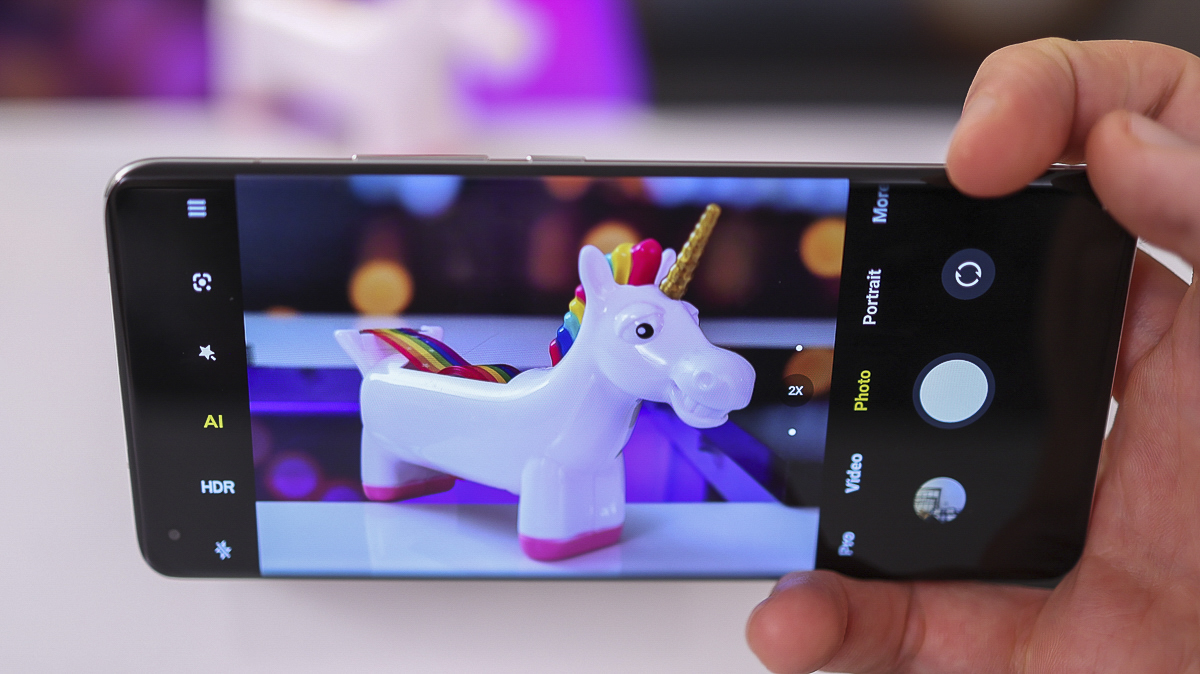
What's more, a large sensor with lots of megapixels needs plenty of processing power to ensure it can capture the image and save that digital data to the phone's on-board storage fast enough to prevent any time lag. While the Snapdragon 888 SoC and healthy 12GB RAM in the Mi 11 Ultra should be comfortably quick enough for this, the camera nonetheless takes annoying second or so to capture a shot, where most rival flagship phones manage to be instantaneous.
Another disadvantage to using a huge primary camera sensor is it inevitably makes the accompanying ultrawide and telephoto shooters look more mundane by comparison. We found the ultrawide camera produces images with noticeably less impact than those from the primary camera, while the relatively narrow f/4 aperture of the telephoto module means it can struggle in low light environments.
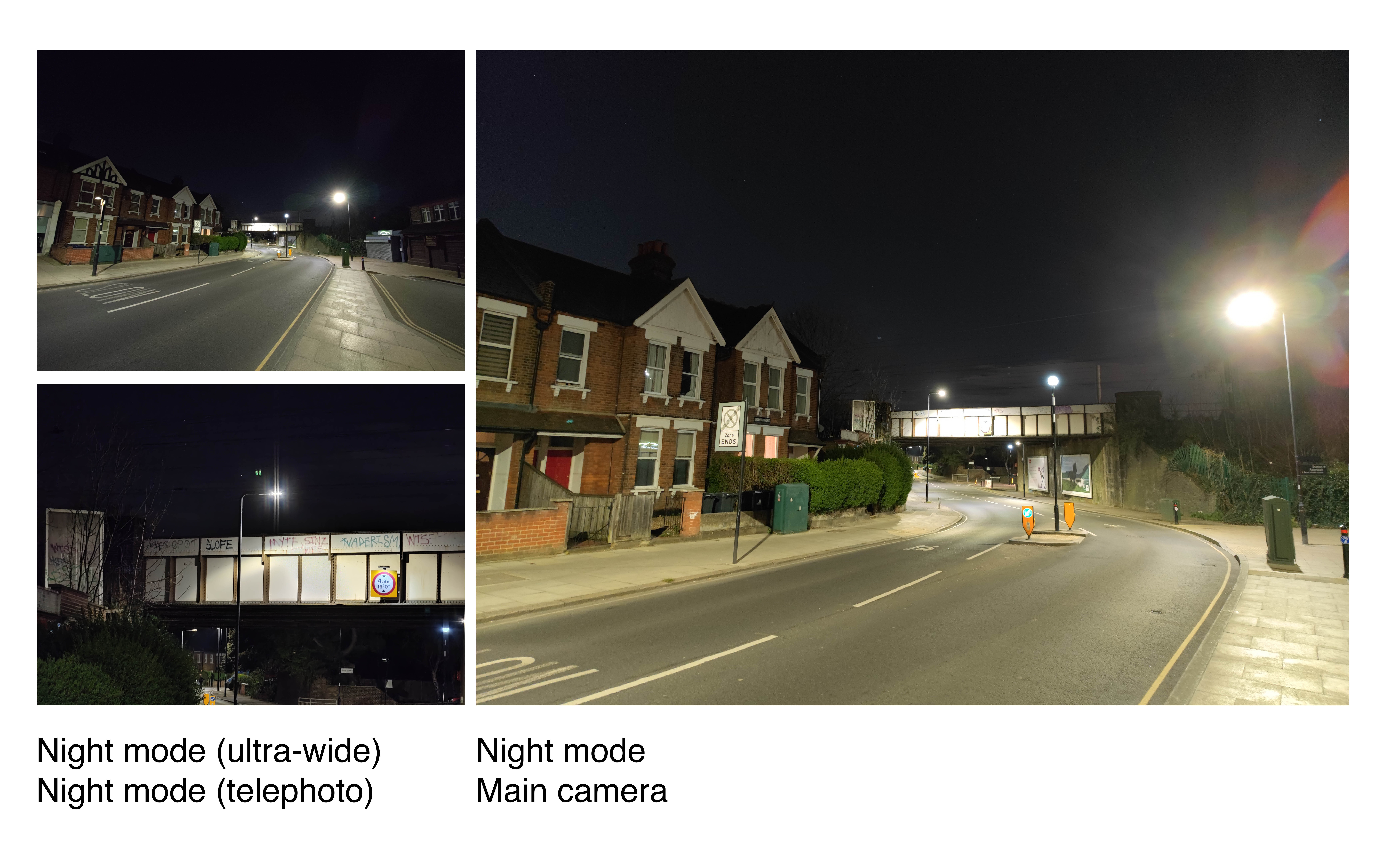
But don't go thinking the Mi 11 Ultra is a bad camera phone - far from it. We are nitpicking here - these are relatively minor quibbles with what is still a mighty fine phone. But in such a cut-throat competitive market, it's these little niggles which separate the best from the rest. Consequently, even with such awesome hardware, Xiaomi still can't quite match the all-round camera finesse of more established players like Samsung and Apple.
Xiaomi Mi 11 Ultra full review
Read more:
• Best camera phone in 2021
• Best budget camera phones
• Best iPhone for photography
• Best burner phone
• Best 5G phone
• Best phablets
• Best flip phones
• Best phablets
• Best Xiaomi phones
Chris George has worked on Digital Camera World since its launch in 2017. He has been writing about photography, mobile phones, video making and technology for over 30 years – and has edited numerous magazines including PhotoPlus, N-Photo, Digital Camera, Video Camera, and Professional Photography.
His first serious camera was the iconic Olympus OM10, with which he won the title of Young Photographer of the Year - long before the advent of autofocus and memory cards. Today he uses a Nikon D800, a Fujifilm X-T1, a Sony A7, and his iPhone 15 Pro Max.
He has written about technology for countless publications and websites including The Sunday Times Magazine, The Daily Telegraph, Dorling Kindersley, What Cellphone, T3 and Techradar.

